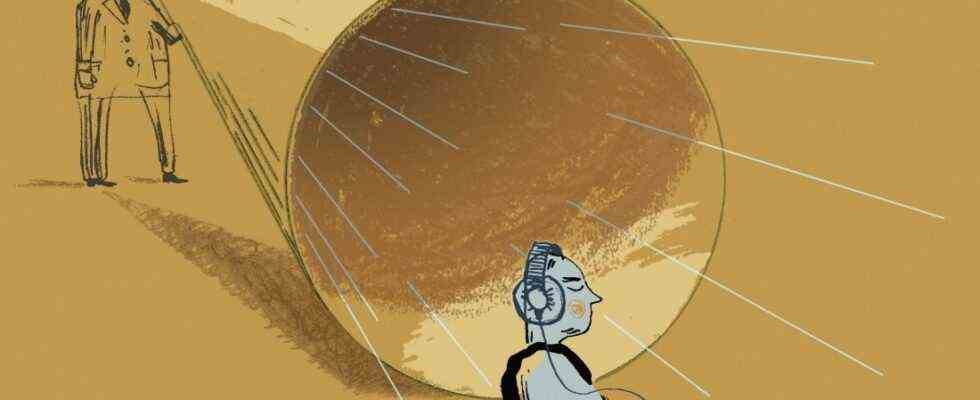The wild years of the beginning are over. The podcast market in Germany is professionalizing and commercializing. This is the conclusion reached by Lutz Frühbrodt and Ronja Auerbacher in their study “Hitting the right tone. The podcast boom in Germany” on behalf of Otto Brenner Foundation. In addition, the professor of specialist journalism and corporate communication at the University of Würzburg-Schweinfurt and the media scientist have agreed that the current boom in podcasts is no longer a fad, but “that the renewed upswing in podcasting is part of a structural and far-reaching media change is”.
An initial podcast phase between 2005 and 2010, called the experimental wave by the authors of the study, has ebbed because, above all, the technical framework conditions were inadequate. There was a lack of smartphones, broadband transmission options and audio streaming platforms. The second, the establishment wave, was largely due to the success of the in the USA Podcasts “Serial” in autumn 2014 started to pile up audibly in Germany from 2017 onwards. It is much larger and more sustainable than the first, both in terms of production and demand.
Podcasts have almost as many listeners as there are listeners
There are now a total of more than 50,000 podcasts produced in Germany. To this day, podcasts are also “the medium of grassroots democratic amateurs and semi-professionals eager to experiment”, despite the clear tendency towards professionalization. The usage figures have also risen rapidly. However, the growth rates are also high in Germany: the number of users almost doubled between 2018 and 2020 to around 19 million people. The number of so-called intensive users has risen even more steeply than the total number of podcast listeners. More than half of podcast listeners now use the medium at least once a week or almost every day. Three years ago their share of the total listeners was only a good third.
Podcasts have almost as many listeners as there are listeners. The difference in the different age groups is serious: Almost half of the under 30-year-olds listen to podcasts that they have “become part of a regularly used media ensemble”, according to the authors of the study. In the other age groups, there is currently no talk of a complete establishment, but rather of a supplementary offer.
However, Germany lags behind in an international comparison: a quarter of people over the age of 14 listen to podcasts at least occasionally, only in Great Britain the proportion is even lower. However, these are both countries with a very diverse range of public radio programs, so the competitive situation is different. In the US, 36 percent of people over the age of 14 listen to podcasts, in Spain the figure is as high as 41 percent.
In contrast to TV talks and Twitter, a culture of “peaceful dialogue” has established itself
In terms of content, the authors observe an inflation of true crime and celebrity podcasts. On the other hand, more than 20 of the 50 most-heard podcasts from the Spotify charts fall into the areas of politics, news and knowledge, mostly produced by broadcasters and established media companies. For the authors, this is proof that podcasts make a significant contribution to information and opinion-forming. In contrast to many other new formats, the distribution of right-wing extremist and conspiracy-narrative content does not play a significant role. Rather, in contrast to TV talks and especially Twitter, a culture of “peaceful dialogue” would have established itself. “If the podcast community preserves this culture, this can in turn have a positive influence on the German culture of debate on a large scale and give it a constructive note,” the study concluded.
The authors see the medium as threatened by Spotify, the most important platform in this country. Together with Apple Podcasts, the company is aiming to “permanently master the technically necessary infrastructure for podcasts and to commercialize it in their interest”. The consequence could be a loss of diversity. ARD and Deutschlandradio in particular are trying to counteract this with their audio libraries. In the beginning they were mainly aimed at their regular radio listeners – they are the most popular platforms for over 50-year-olds – but now the public broadcasters are placing offers for the young core listeners of podcasts far more prominently. The audio libraries should also differ from the recommendation algorithms of the commercial platforms.
Spotify is currently not making any profits with its podcast business. Advertising sales in the entire German podcast market are currently well below 100 million euros per year.

